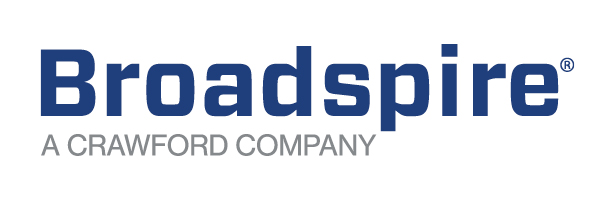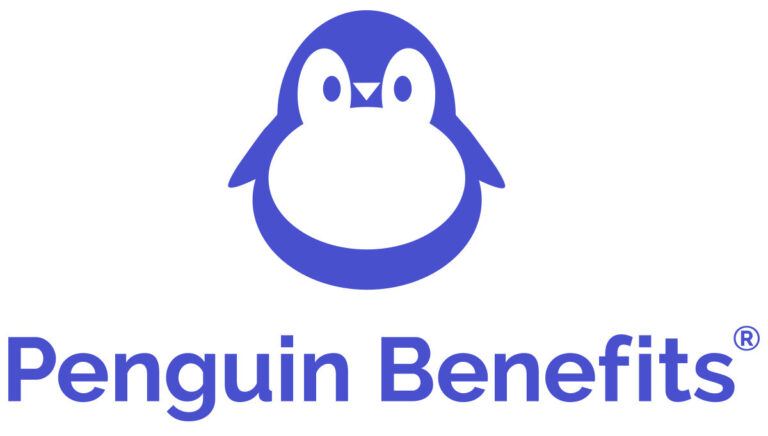
Dan Jolivet, PhD, workplace possibilities practice consultant at The Standard, answered questions from DMEC members in the DMECommunities Mental Health group in May 2023. The following excerpts provide a snapshot of the live event, which was open to DMEC members, who can access the full Q&A on DMECommunities, an online platform for discussing absence and disability management issues.
Question
I am hoping we can discuss resources that employers can utilize and make available for their employees.
Answer
The main resources employers can offer are those that support mental wellness. Obviously, health insurance and pharmacy benefits, but also employee assistance programs (EAPs) and more general wellness benefits. Companies can offer services like meditation sessions, exercise classes, wellness apps, and “lunch & learn” opportunities for relatively little cost.
And don’t forget to collaborate with all your vendors. As an employee of a disability insurance company, I see a lot of customers leaving us out of their employee well-being programs despite the fact that we have significant resources to offer, including a wide variety of experts on staff, such as behavioral health professionals…. I also believe strongly that employers must train their managers and supervisors to recognize when people on their teams are struggling and to be prepared with resources to offer them.
I consistently advise managers to first identify objective evidence for their concerns (such as frequent tardiness) and then meet with the employee in private to point to that evidence and then offer help. [Sample language:] “I’ve noticed you’ve been late three times this week. How can I help?”
It’s essential for managers to listen with empathy and curiosity, resisting the urge to become defensive or blame the employee for issues. It’s also essential to recognize that any problem in the workplace that may be seen as a disciplinary issue may actually reflect a behavioral health condition, so I recommend always having information available to give to employees about ways they can seek help, especially focusing on the EAP (if available) and their health insurance.
Finally, we always have to follow up after interactions related to worker issues, especially if we’ve given them information about resources, to make sure they accessed those and didn’t encounter any barriers to using their benefits.
One approach that I’ve seen have a strong impact is from my days managing health insurance and EAPs. We had some customers that included performance guarantees in their contracts that set specific targets for EAP utilization. That can balance the natural incentive for companies to sell EAP services but subtly (even unconsciously) deter utilization. I worked with one very large employer that had a multimillion-dollar performance guarantee that we would hit a relatively high target. I think it was 15% utilization per year. And, surprise, we consistently hit that. When it came to paying out a large sum or making extraordinary efforts to increase EAP utilization, we chose the latter.
Employers have to remember that they are their vendor’s customers, and they can both expect and require performance that meets their needs.
It’s also essential to focus on psychological safety: making sure that workers feel like they can voice unpopular opinions, disclose mistakes, and express their issues without fear of being mocked or facing retribution. Psychological safety originates at the top, both with company leaders and with direct supervisors adopting an attitude of openness and curiosity. Of course, this only works if the words of acceptance are mirrored in our actions. If we encourage people to express their feelings and issues but then punish them, we’re going to impair psychological safety, not improve it.
One thing that can help with this particular issue is having an advocate for employees at a senior level in the company — someone who can speak directly to company leaders and point out ways in which psychological safety is undermined by specific actions.
Question
How do you do follow up without prying into their confidential right to use the EAP?
Answer
I follow up with employees after a meeting in which I have offered resources by just asking how they’re doing around the issue we discussed. I try to open with objective evidence again — [such as] “I’ve noticed that you haven’t been late since our last meeting” or “You seem to be making fewer negative comments in meetings” — and then ask whether our previous discussion was helpful. If I gave information about the EAP or health insurance, I’ll ask whether they have faced any barriers that I can assist with. Throughout this, I’m careful not to ask about their medical condition (or even assume they have one) and to allow them privacy around whether they accessed their benefits. I might literally say, “It isn’t my business whether you chose to follow up with the EAP and I’m not asking you to disclose that, but I do want to know if you faced any barriers to that if you did.”
I should also be clear that these conversations must be discussed in advance with your human resources (HR) partners, and it can be very helpful to include them in the actual meetings. Your HR and legal departments may have specific recommendations about how to proceed, as well as things to avoid, and it’s important to know those before meeting with the employee. I similarly recommend involving HR and (if HR believes legal should be involved) your attorneys before any disciplinary or potentially problematic meeting with an employee.
Question
The term “resenteeism” is new to me. I’m looking forward to hearing you talk more about this concept and how managers identify and address it.
Answer
Resenteeism is a pretty new concept, although I think most of us have observed it in our work lives. It’s the natural follow-up to “quiet quitting,” in which employees become disengaged and stop making discretionary effort on the job. That is, in quiet quitting, workers only do the minimum required to get by. They don’t give their full or best effort. Quiet quitting can go on for years, especially when workers feel like they don’t have any better employment options, or it can be relatively short term as they search for a new job (often on company time at their existing one).
Quiet quitting can progress to resenteeism, in which employees begin to explicitly express negative ideas and attitudes about the company or their supervisors. Employees experiencing resenteeism may be openly antagonistic to their supervisors or they may restrict their negative comments to their co-workers or teams. Resenteeism can move from merely negative statements to actual efforts to undermine their team or their employer.
Often, when managers become aware of resenteeism, it’s too late to salvage the situation. However, supervisors and managers should never approach employees with the expectation that they are going to be terminated or quit because of a bad attitude. To be clear, it’s perfectly appropriate to approach employees who have committed offenses that violate company policies with the intention of firing them. Resenteeism, as I am discussing it here, is more about a negative attitude than unacceptable behaviors such as lying, falsifying documentation, stealing from the company, and so on.
As a manager, you can address resenteeism by meeting in private with the employee and pointing out specific examples of the behaviors [you] see as indicating a problem. Once you’ve done that, it’s again important to ask how you can help. [Sample language:] “I’ve noticed you made some very negative comments about the recent management decision, and I’m wondering how I can help you to address your concerns productively.”
Whenever you ask a question like that, it’s important to listen quietly, giving the person sufficient time to share what they’re going through, and only asking questions to clarify anything you don’t understand. Reflective listening, in which you express understanding nonverbally by nodding and saying things like, “I get it” while also stopping occasionally to verify that you really understand, is a very useful tool in these kinds of conversations.
[Sample language:] “If I’m hearing you correctly, you feel like I changed your job duties suddenly without discussing it with you first, and you felt blindsided when I announced the change publicly. Is that right?”
It can be difficult to remain neutral during these discussions, but it’s really important. As with any criticism, we naturally want to defend ourselves and explain our actions. But the point here is to understand the employee’s perspective.





































